Anxiety disorders affect millions of people worldwide, yet there is still a lot of confusion about what causes them and how they can be treated. Whether you’ve experienced anxiety yourself or know someone who has, understanding the roots of anxiety disorders and the variety of treatment options available can be incredibly helpful. In this article, we will explore the main causes of anxiety disorders, shed light on how they manifest, and provide a detailed look at the different treatments that can bring relief and improve quality of life. By the end, you’ll have a clearer picture of this complex mental health condition.
What Are Anxiety Disorders?
Anxiety is a natural and normal response to stress, danger, or uncertainty. It’s a feeling of unease, worry, or fear that can be mild or severe. However, when this worry becomes persistent, overwhelming, or irrational and begins to interfere with daily activities, it may be classified as an anxiety disorder. Anxiety disorders are among the most common mental health issues globally and include several subtypes such as generalized anxiety disorder (GAD), panic disorder, social anxiety disorder, and specific phobias. Each has its own characteristics, but all share the experience of excessive anxiety or fear.
Living with an anxiety disorder is more than just feeling nervous before a big event or interview; it’s a condition that can cause physical symptoms like increased heart rate, sweating, trembling, and fatigue. Emotional symptoms might include intense worry, irritability, and a sense of impending doom. Because anxiety disorders can affect every aspect of a person’s life, understanding what triggers anxiety and how to manage it effectively is crucial.
The Causes of Anxiety Disorders
Anxiety disorders don’t arise from a single cause. Instead, they are the result of a complex interaction between biological, psychological, and environmental factors. Let’s break down each of these contributors.
Biological Causes
Genetics plays a significant role in anxiety disorders. Research shows that anxiety often runs in families, suggesting a hereditary component. If a close family member suffers from an anxiety disorder, you may be more prone to develop one as well.
Brain chemistry is another critical factor. Neurotransmitters—chemical messengers in the brain like serotonin, dopamine, and gamma-aminobutyric acid (GABA)—help regulate mood and anxiety levels. Imbalances in these neurotransmitters can increase vulnerability to anxiety disorders. The amygdala, a part of the brain responsible for processing fear, can also function differently in people with anxiety disorders, causing heightened fear responses.
Psychological Causes
Certain personality traits may predispose individuals to anxiety disorders. People who are naturally more sensitive, cautious, or prone to negative thinking styles can be more vulnerable to developing anxiety. Moreover, cognitive patterns like catastrophizing—expecting the worst to happen—and excessive worrying often maintain anxiety symptoms over time.
Past traumatic experiences, particularly during childhood, can also affect how anxiety develops. Exposure to abuse, neglect, loss of a parent, or other stressful events can create lasting psychological wounds that manifest as anxiety later in life.
Environmental Causes
Life circumstances and stressors significantly influence anxiety levels. Chronic stress from work, school, or relationships can wear down resilience and trigger anxiety disorders. Major life changes like moving, divorce, or the death of a loved one are common environmental contributors.
Additionally, substance use can both cause and worsen anxiety. Excessive caffeine, alcohol, and drug use may lead to increases in nervousness, panic attacks, or long-term anxiety symptoms. On the flip side, withdrawal from certain substances can produce anxiety during recovery.
Types of Anxiety Disorders
Anxiety disorders come in various forms, each with distinct features. Here’s a handy table illustrating the main types and their common symptoms:
| Type of Anxiety Disorder | Common Symptoms | Typical Triggers |
|---|---|---|
| Generalized Anxiety Disorder (GAD) | Excessive worry about multiple things, restlessness, fatigue, difficulty concentrating | Everyday life events, work stress, health concerns |
| Panic Disorder | Recurrent panic attacks, shortness of breath, heart palpitations, fear of dying | Unexpected, sometimes triggered by public places or stressful situations |
| Social Anxiety Disorder | Intense fear of social situations, embarrassment, avoidance of interactions | Speaking in public, meeting new people, social gatherings |
| Specific Phobias | Intense fear of particular objects or situations, such as heights, spiders, or flying | Known objects or situations associated with fear |
| Separation Anxiety Disorder | Extreme distress when away from attachment figures, often seen in children | Separation from parents or caregivers |
Understanding which type of anxiety disorder someone has can guide the choice of treatment and management strategies.
Treatment Options for Anxiety Disorders
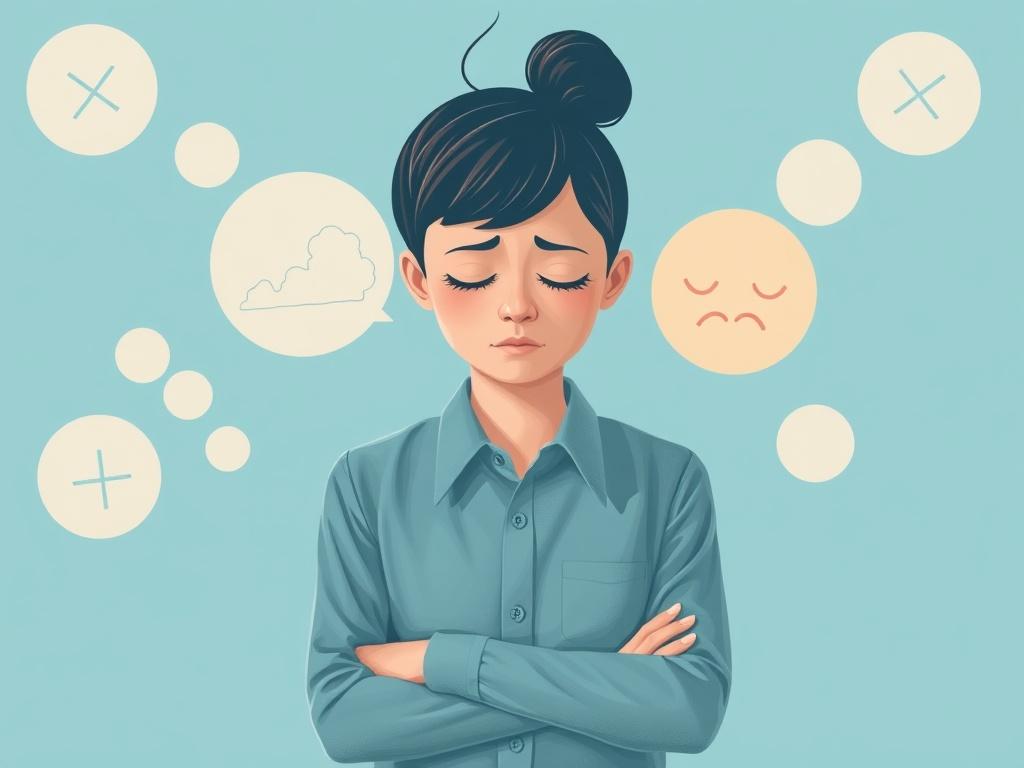
Thankfully, anxiety disorders are treatable. The key is finding the right approach for each individual. Treatment generally falls into a few categories: psychotherapy, medication, lifestyle changes, and complementary therapies.
Psychotherapy
Psychotherapy, or “talk therapy,” is one of the most effective ways to treat anxiety disorders. Cognitive-behavioral therapy (CBT) is especially well supported by research. CBT helps individuals identify and challenge negative thought patterns that fuel anxiety, replacing them with more balanced, positive thinking. This therapy also teaches coping skills such as relaxation techniques, breathing exercises, and problem-solving approaches.
Exposure therapy is another subtype of CBT used particularly for phobias and panic disorder. It involves gradual and controlled exposure to fear triggers, helping people build tolerance and reduce avoidance behaviors.
Other types of psychotherapy, including acceptance and commitment therapy (ACT) and psychodynamic therapy, may also be beneficial depending on the person’s needs and preferences.
Medication
Medication can play an important role, especially for moderate to severe anxiety disorders. Several types of drugs are commonly prescribed:
- Selective Serotonin Reuptake Inhibitors (SSRIs): These antidepressants increase serotonin levels and are often first-line medications for anxiety disorders. Examples include sertraline, fluoxetine, and escitalopram.
- Serotonin-Norepinephrine Reuptake Inhibitors (SNRIs): Similar to SSRIs, these medications affect serotonin and norepinephrine and are effective for anxiety. Venlafaxine and duloxetine are commonly prescribed.
- Benzodiazepines: These sedative medications provide quick relief of anxiety symptoms but are generally recommended for short-term use due to dependency risks.
- Buspirone: An anti-anxiety medication often used for GAD, with fewer side effects and lower dependency risk.
Medication should always be taken under the guidance of a psychiatrist or healthcare provider, as managing dosage and side effects is crucial.
Lifestyle and Self-Help Strategies
Beyond formal treatment, everyday habits can have a significant impact on anxiety. Here are some lifestyle changes that often help manage symptoms:
- Regular Exercise: Physical activity releases endorphins, the body’s natural mood boosters, and helps reduce stress.
- Sleep Hygiene: Getting enough restful sleep reduces irritability and anxiety levels. Creating a regular sleep schedule and minimizing screen time before bed can help.
- Balanced Diet: Eating nutrient-rich foods supports brain health. Avoiding caffeine and sugar excesses can prevent exacerbation of anxiety symptoms.
- Mindfulness and Meditation: Practicing mindfulness encourages staying present and reduces worrying about the past or future.
- Social Support: Connecting with friends, family, or support groups provides a sense of belonging and relief from isolation.
Complementary and Alternative Therapies
Many people find additional benefits from alternative treatments, which can be used alongside traditional medicine. Some popular complementary approaches include:
- Yoga: Combines physical movement, breathing techniques, and meditation, promoting relaxation and reducing stress.
- Acupuncture: Some studies suggest acupuncture may help ease anxiety symptoms, although more research is needed.
- Herbal Supplements: Remedies such as valerian root, passionflower, and lavender are sometimes used for mild anxiety. However, you should consult a healthcare professional before trying these.
- Biofeedback: A technique that teaches control over physiological functions like heart rate, helping reduce anxiety symptoms.
When to Seek Professional Help
Anxiety is a natural part of life, but when it becomes intense, persistent, or overwhelming, it’s important to seek help. Warning signs that professional treatment might be necessary include:
- Feeling unable to control worries, even small ones
- Avoiding social situations or activities you once enjoyed
- Frequent panic attacks or physical symptoms like chest pain
- Interference with work, school, or relationships
- Thoughts of self-harm or suicide
Remember, anxiety disorders are medical conditions, not character flaws or weaknesses. Early intervention can prevent symptoms from worsening and improve long-term outcomes.
How to Support Someone with Anxiety
If someone you care about is struggling with anxiety, there are compassionate ways you can help:
- Listen Without Judgment: Sometimes just being heard can provide relief.
- Encourage Professional Help: Offer support in finding a therapist or doctor.
- Help Them Avoid Isolation: Invite them to social events but don’t pressure.
- Learn About Anxiety: Understanding the condition helps you respond empathetically.
- Be Patient: Recovery takes time and setbacks are normal.
Your presence and understanding can make a significant difference.
Future Directions in Anxiety Research and Treatment
The study of anxiety disorders is constantly evolving. Researchers are exploring new medications with fewer side effects, improved psychotherapeutic techniques, and digital mental health interventions like online therapy apps. Genetic studies may soon allow personalized treatments based on an individual’s biology. Advances in neuroscience are revealing more about how anxiety works in the brain, opening doors to novel approaches.
Technology has made it easier than ever to access support, and public awareness about mental health is increasing worldwide. These trends offer hope that anxiety disorders will become even more manageable in the future.
Conclusion
Anxiety disorders are complex, multifaceted conditions influenced by genes, brain chemistry, personality, life experiences, and environment. They can feel overwhelming but are, fortunately, highly treatable through a combination of psychotherapy, medication, lifestyle changes, and alternative therapies. Recognizing the symptoms early, seeking professional help, and building a strong support system are key steps towards managing anxiety. Whether you’re coping yourself or supporting a loved one, understanding anxiety disorders is the first step in turning fear and worry into resilience and hope. With the right approach, life with anxiety can still be rich, fulfilling, and well-lived.





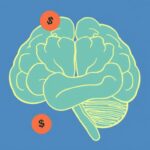

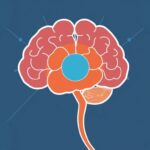





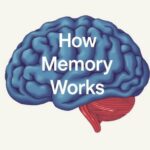



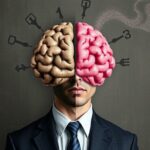



Очень хорошо объяснили, теперь стало понятнее, что может вызывать тревожные расстройства и как с ними бороться. Полезная информация для всех, кто сталкивается с такими проблемами.